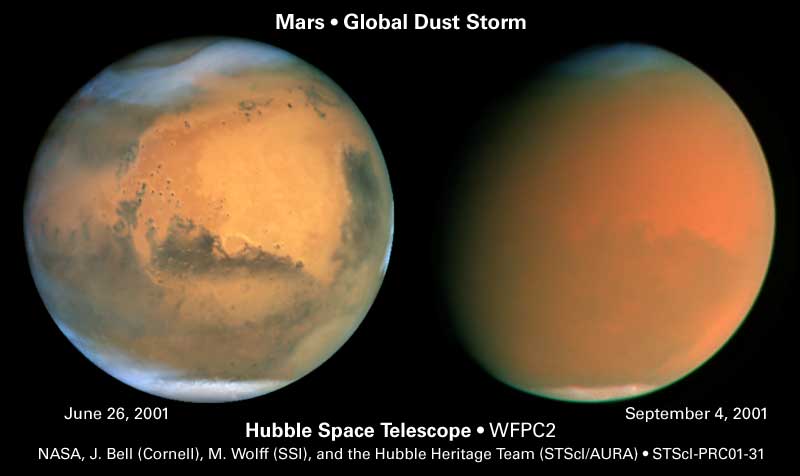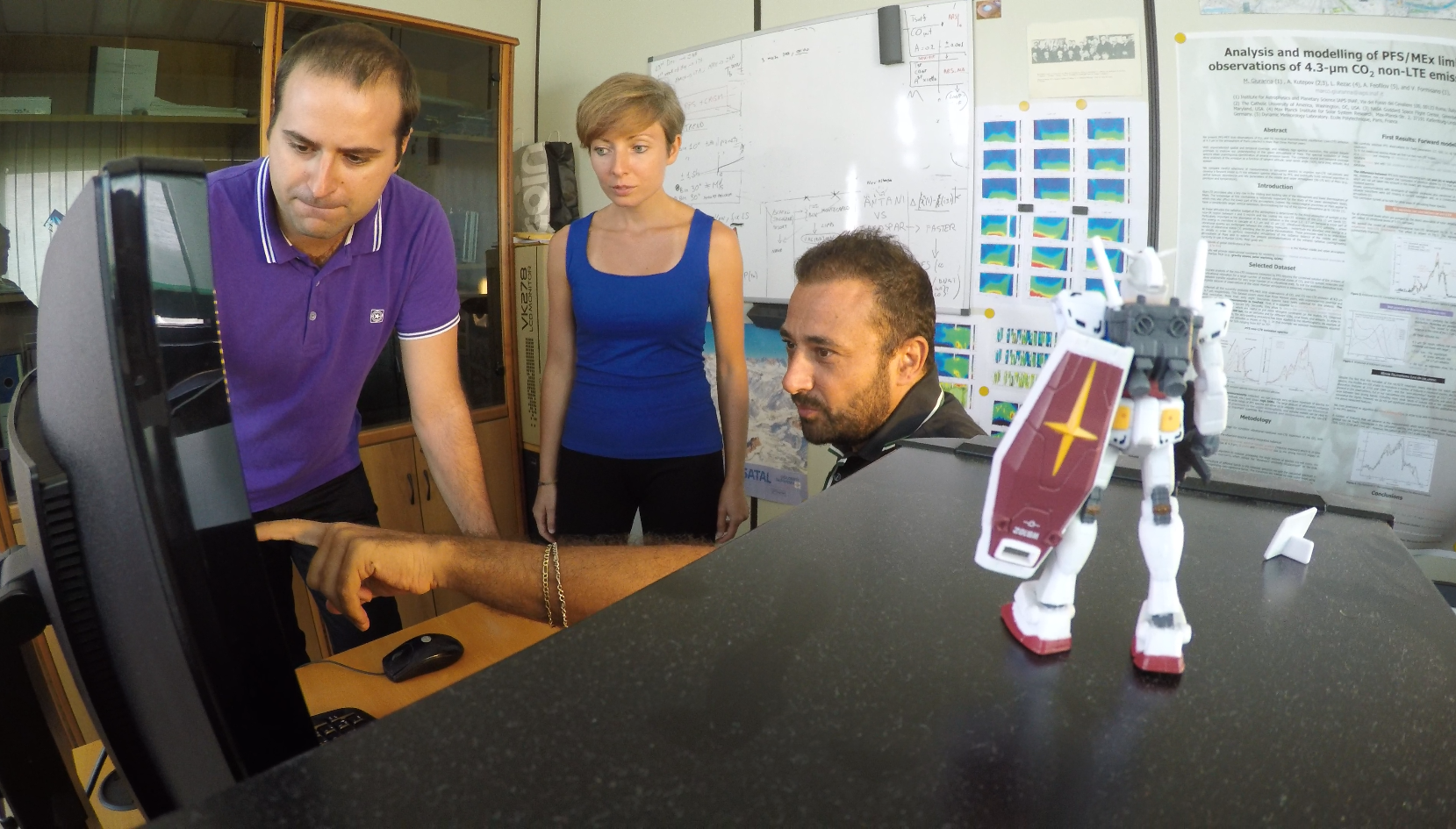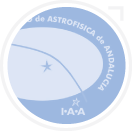WP05. Aerosol properties and dust storms
General Objectives:
- Characterize the regional and global dust storms on Mars, from the onset, to the expansion phase, and decay phase
- Derive the vertical distribution and optical properties of suspended aerosols
- Derive UV properties of the dust using EPF observations
Responsible:
M. Giuranna (INAF)
Participants:
OU, IASB-BIRA, INAF
Scientific Background:
Dust aerosols suspended in the atmosphere affect its thermal structure and are a major driver of the circulation. Dust is always present in the Martian atmosphere, but its amount varies greatly depending on location and season. All dust observations show seasonal pattern which is ruled by the occurrence of reagional ans global dust storms. The larger dust storms occur during southern hemisphere spring and summer when Mars orbits closer to the Sun. These events can grow to completely encircle the planet with dust opticl depths largely esceeding unity. However, these events do not happen every Martian year, and they show significant variability in their timing and amplitude. Read more.

Scientific Impacts:
A new approach to the study of the Martian atmosphere is only possible by the availability and analyses of large amounts of spacecraft observations with good spatial and temporal coverage. Such an extensive atmospheric dataset will originate mostly from the PFS, OMEGA, and SPICAM experiments aboard MEx. Contrary to previous missions (e.g., MGS, limited to 3am and 3pm only), MEx has the unique advantage of being able to observe essentially all possible local times on Mars, with full spatial and seasonal coverage. These datasets will provide unprecedented constraints for GCM models, and will eventually be suitable for data assimilation. Data assimilation, in fact, provides a complete, balanced, four-dimensional best-fit to observations for all the atmospheric variables, including those for which no direct measurements are available, such as wind and surface pressure.
The results that will be achieved by means of the OMEGA limb measurements will complement those obtained from the CRISM limb data, allowing the study of the dust properties at different locations and periods.

Marco Giurana is a research scientist for the Instituto di Astrofisica e Planetologia Spaziali (IASP) of the INAF; Anna Geminale is a Postdoctoral researcher at the Instituto di Astrofisica e Planetologia Spaziali (IASP) of the INAF & Giuseppe Sindoni is a Postdoctoral researcher at the Instituto di Astrofisica e Planetologia Spaziali (IASP) of the INAF
































